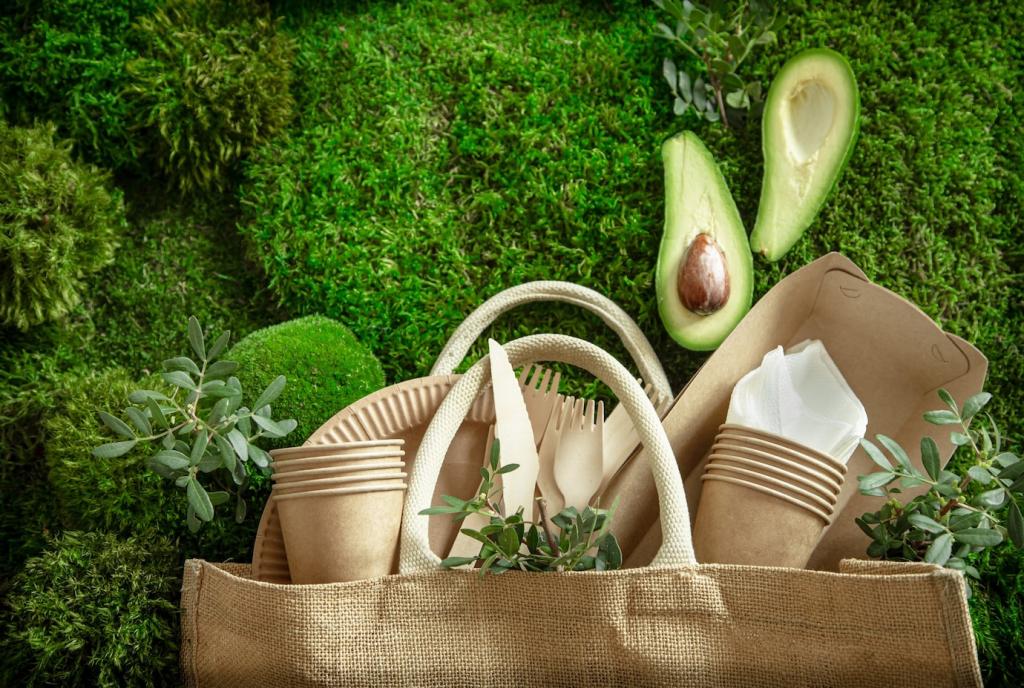Why Natural Polishes Honor Age and Grain
Natural polishes avoid many harsh solvents and strong aerosols, reducing indoor VOCs that can irritate lungs and overwhelm small rooms. Your living space feels quieter, safer, and more welcoming—especially for children, pets, and allergy-sensitive guests.
Why Natural Polishes Honor Age and Grain
Beeswax, plant oils, and pantry staples travel a shorter path from source to shelf. You can understand each ingredient, refill containers, and minimize plastic. The result is gentler on forests, waterways, and the heirlooms you plan to pass down.




